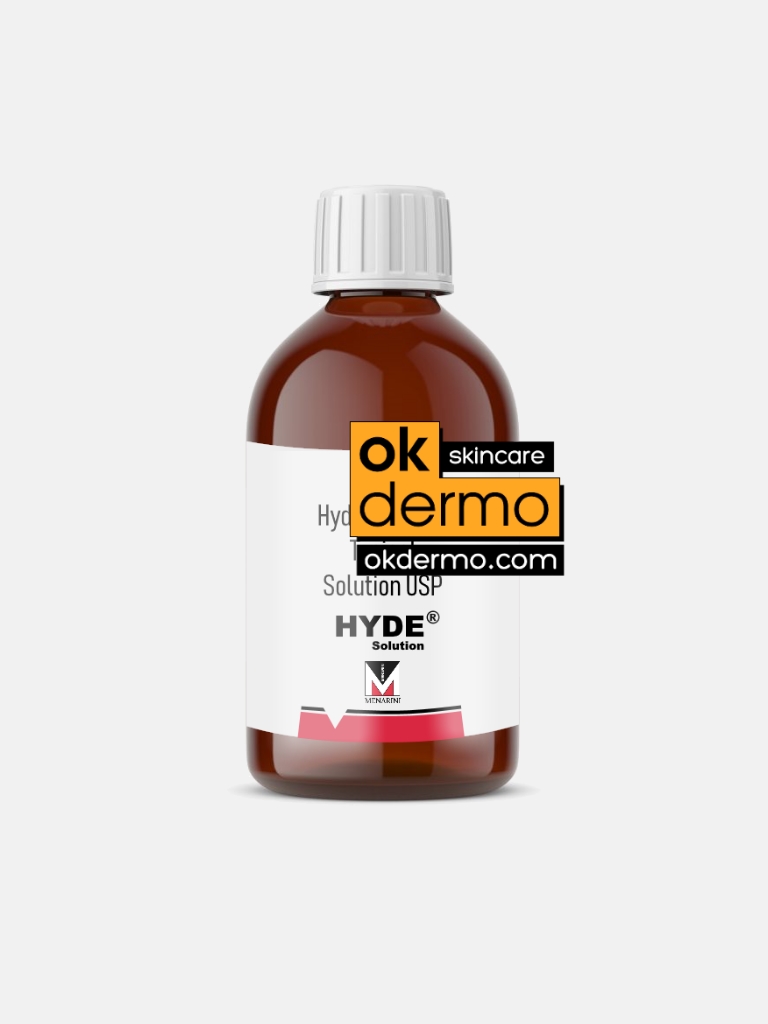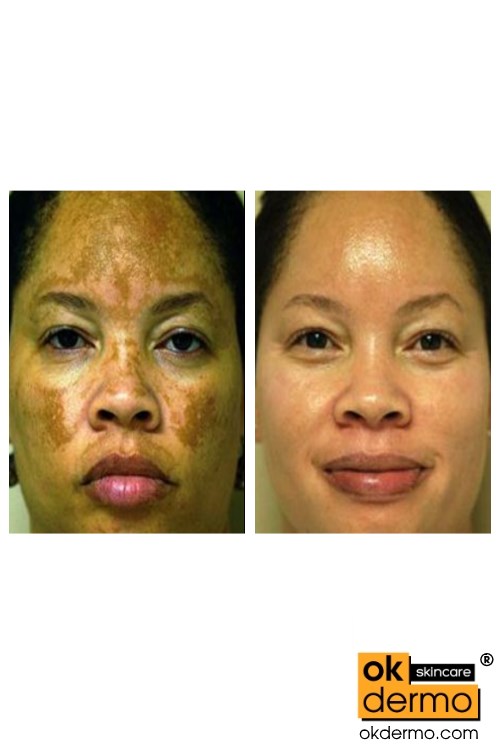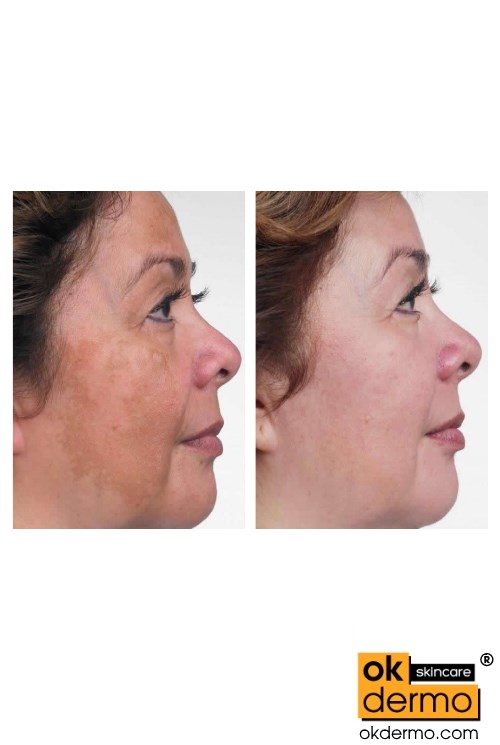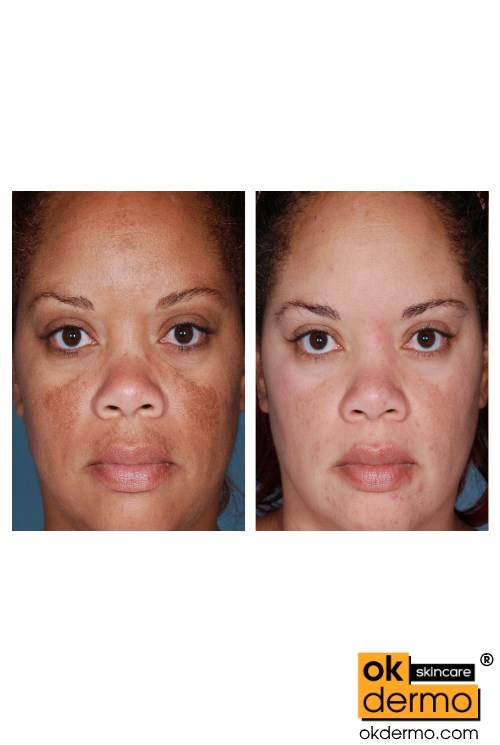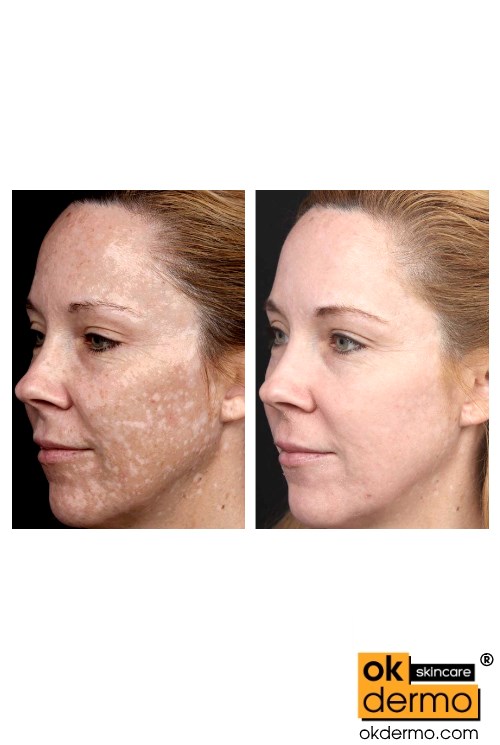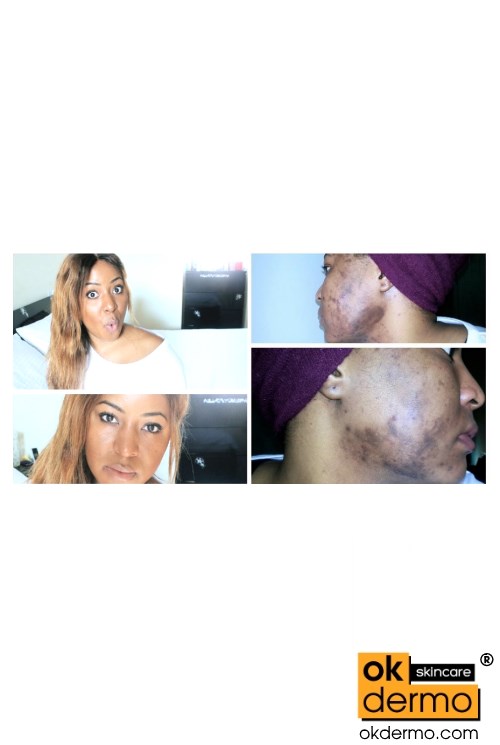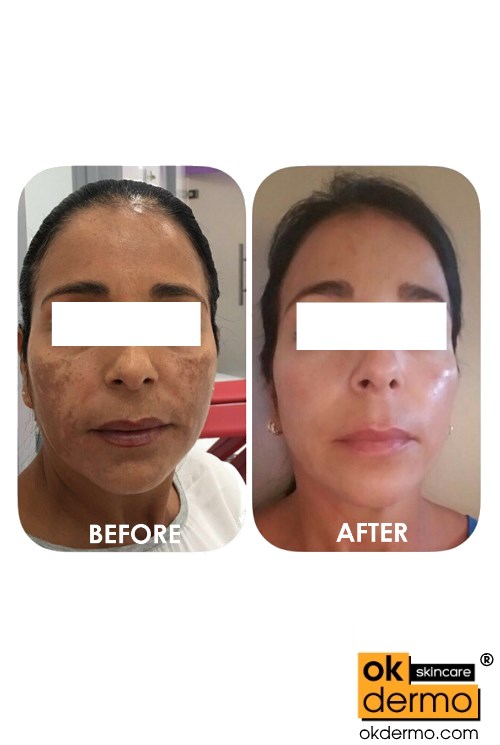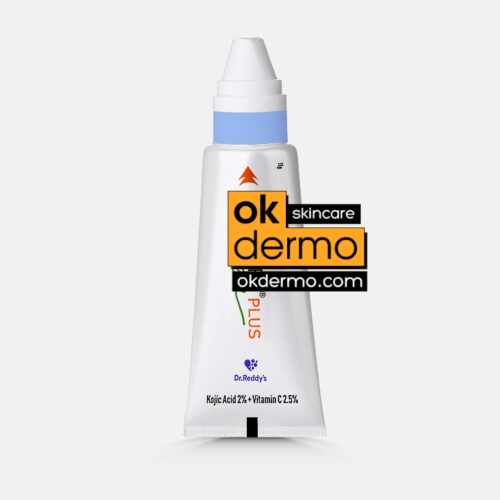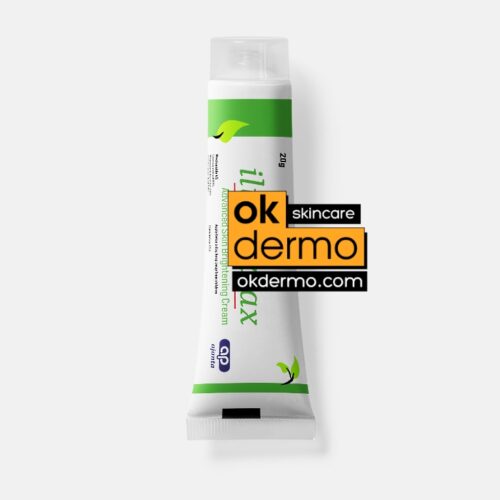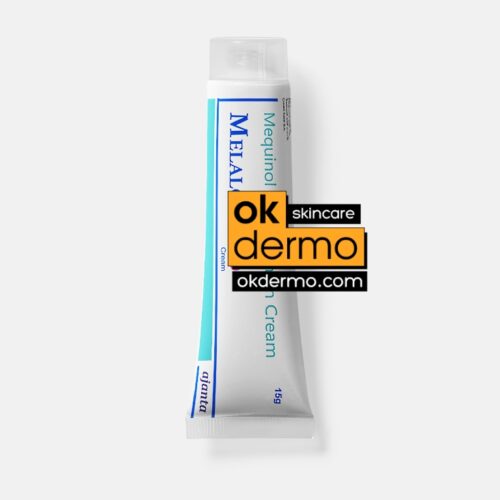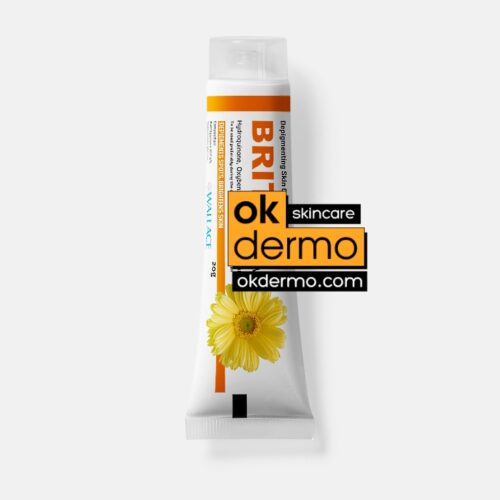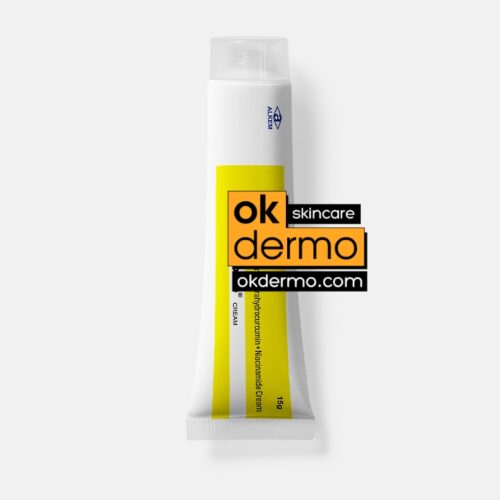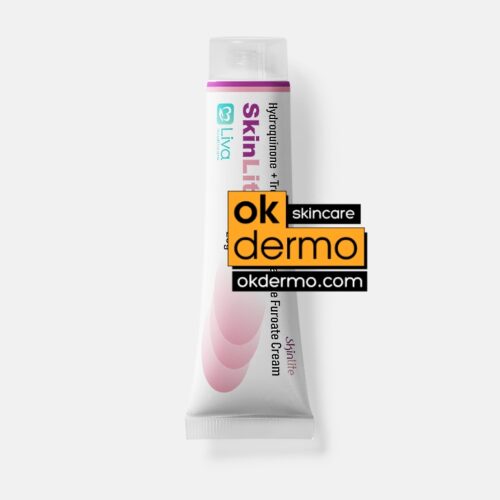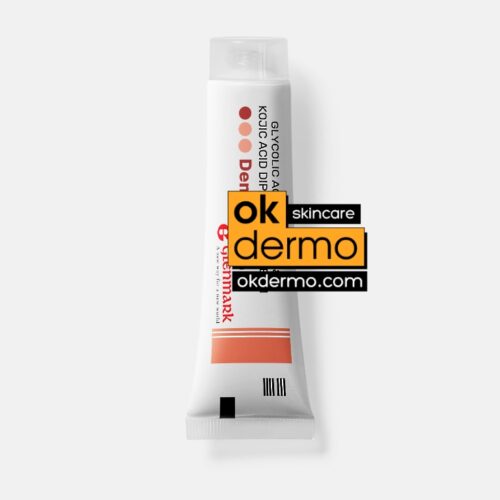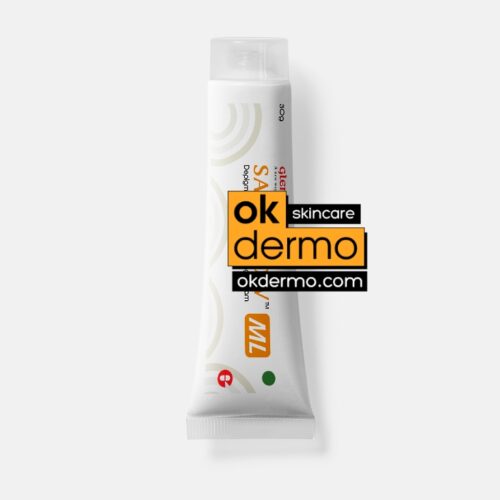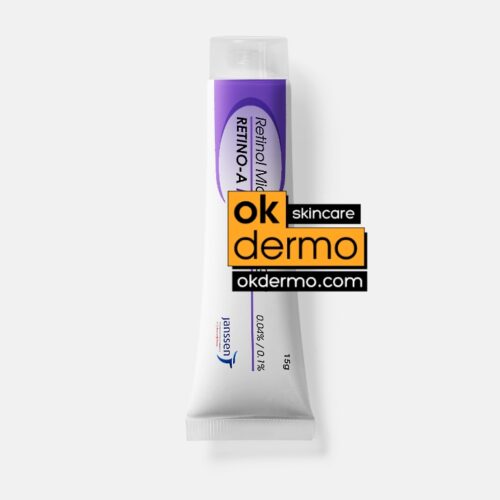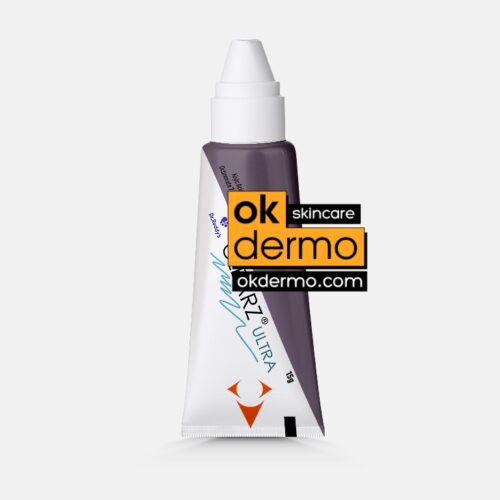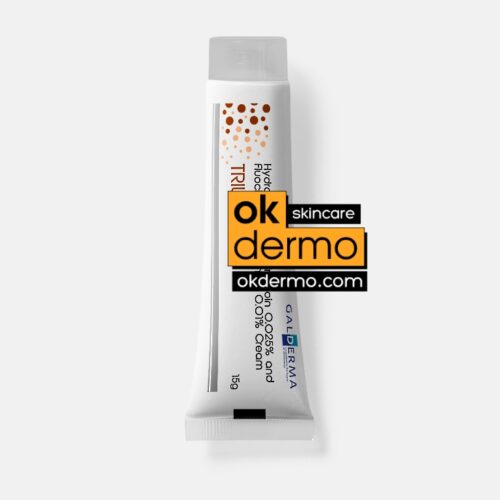Description
What is Hydroquinone 5% Topical Lotion?
Hydroquinone 5 percent Topical Lotion is a potent dermatological formulation specifically designed to target and reduce hyperpigmentation, melasma, and other discolorations on the skin. Medically recognized for its efficacy in inhibiting melanin production, hydroquinone operates by obstructing the tyrosinase enzyme, pivotal in melanocyte activity and melanin synthesis.
This higher concentration, compared to its hydroquinone 4% counterpart, delivers amplified results, making it a sought-after solution for treating skin conditions like postinflammatory hyperpigmentation, freckles, and age spots. It’s crucial, however, for users to consult with a dermatologist before applying, as the increased potency can sometimes result in irritation or redness.
Furthermore, while hydroquinone effectively lightens dark spots and patches of skin, it’s paramount to understand the importance of sun protection during treatment. Sun exposure can exacerbate pigmentation and heighten the skin’s sensitivity, making broad-spectrum sunscreen indispensable.
How to Apply Hydroquinone 5% Lotion Effectively
Understanding the intricacies of skincare is paramount for businesses in the health and beauty industry. When delving into skin lightening, Hydroquinone emerges as a potent topical solution. But how does one apply it most effectively? Let’s delve into the particulars of this topical USP solution.
Step-by-step Application
- Preparation: Ensure the skin is clean and dry.
- Measurement: Use the prescribed amount; generally, a 6-8 drop range suffices for sizable areas.
- Application: Gently apply the liquid or serum form onto the darkened skin regions.
- Safety: Avoid overuse, and always adhere to the recommended guidelines.
Brand vs Generic: What’s the Difference?
Well-recognized as ‘Mediquin’, Hydroquinone 5% Lotion is a topical dermatological preparation used primarily for hyperpigmentation. To break it down, ‘Hydroquinone‘ is the generic name, referring to the active ingredient responsible for its skin-lightening properties. Beyond Mediquin, this lotion is also marketed under different brand names such as Vitaquin, Interquin, Hyde, and Epilite.
In understanding the pharmaceutical world, it’s pivotal to recognize the distinction between brand names and generic drugs. A brand name, like Mediquin, represents a specific company’s version of a drug. On the other hand, the generic name, in this case, Hydroquinone, denotes the active ingredient present across all these branded products. While branding may influence pricing, it’s vital to note that the generic and its brand-name counterparts are essentially the same in terms of efficacy. They offer the same therapeutic benefits but can come at varying costs based on branding, packaging, and marketing strategies.
Can I use Hydroquinone with Retinol?
Are you considering combining hydroquinone and retinol in your skincare? Here’s what you need to know.
Hydroquinone, primarily used for reducing the amount of melanin, is effective in treating dark skin spots. The product is commonly sold in liquid concentrations of 5%, 6%, and 8%, but it’s crucial to consult a pharmacist before use.
Conversely, retinol aids in skin rejuvenation. Combined, they can lighten skin gradually. However, caution is vital. An adverse reaction to the drug is rare, yet possible.
Does Hydroquinone Bleach Clothes?
Hydroquinone, when applied to the skin, acts as a melanin inhibitor. This property is responsible for its acclaimed skin-lightening effects. However, when it comes into contact with colored textiles, its melanin-inhibiting properties may also extend to the dyes used in fabrics. In essence, the chemical bonds that impart color to the fabric may undergo a transformation in the presence of hydroquinone, leading to potential fading or discoloration.
Interaction with Fabric Dyes:
Fabrics colored with organic dyes, especially natural fibers like cotton or silk, are particularly vulnerable. Hydroquinone can disrupt the chromophore groups responsible for the color in these dyes, effectively “bleaching” the fabric. The intensity of this discoloration can vary depending on the concentration of hydroquinone and the duration of contact.
How to Amplify the Efficacy of Hydroquinone: A Medical Perspective
The allure of accelerated results with hydroquinone piques the interest of many. Here’s how to ensure enhanced efficacy:
- Consistent Application: Establishing a routine is pivotal. Hydroquinone works by inhibiting melanin production. By applying it consistently, you ensure a continuous suppression of pigment formation, promoting quicker skin turnover and thus, expediting the desired results.
- Adjuvant Agents: Incorporate agents like glycolic acid or tretinoin. These agents augment hydroquinone’s absorption and efficacy. Glycolic acid exfoliates dead skin cells, increasing penetration, while tretinoin, a retinoid, enhances the skin’s receptivity to hydroquinone.
- Sunscreen: UV radiation can not only neutralize hydroquinone’s benefits but also risk exacerbating hyperpigmentation. Daily UV protection is non-negotiable. Sunscreen not only defends the skin from potential damage but also ensures that hydroquinone can perform its function without external hindrance.
- Optimal Storage: Product stability is a game-changer. Exposure to light and heat can degrade hydroquinone, diminishing its potency. By storing it in cool, dark places, you maintain its stability, thus ensuring consistent skin-lightening effects for users.
- Patient Adherence: The magic often lies in the details. Ensuring user compliance to recommended dosages and application schedules is crucial. An intermittent approach can lead to inconsistent results, potentially reducing customer satisfaction.
Potential Side Effects in Skin Lightening
Hydroquinone is a potent ingredient frequently utilized in the dermatology world for its skin-lightening abilities, particularly to brighten dark spots and melasma treatment. However, it’s essential to be aware of its possible side effects:
- Allergic Reactions: Some patients using hydroquinone might experience hypersensitivity, manifesting as itching, or a serious allergic reaction on affected areas of the skin. In rare cases, an allergic reaction to this drug might occur within 24 hours of use.
- Ochronosis: This adverse effect is characterized by darkening of the skin, especially with high concentrations of hydroquinone. It can make areas of the face or body appear darker than before treatment began.
- Skin Sensitivity: The safety profile of topical hydroquinone indicates that it can make the skin more sensitive, especially when paired with agents like tretinoin. This sensitivity can manifest as itching in areas of the body.
- Unwanted Depigmentation: Although used to treat conditions like chloasma, lentigines, and liver spots, overuse might lead to unwanted skin lightening. This might make areas of skin look inconsistent in pigmentation after months of treatment.
Recommendation: If any of the aforementioned side effects manifest, it’s imperative to stop using hydroquinone and consult a dermatology specialist promptly. For the best results, users should apply on unbroken skin and use this product regularly to get the most benefit.

